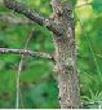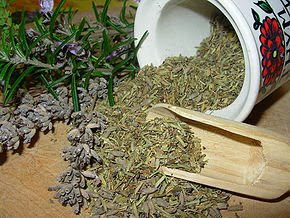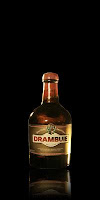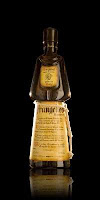 There are well over 200 species of the herb hibiscus plant, which is native to warm, temperate, subtropical and tropical climates throughout the world. The herb comes is both annual and perennial herbaceous plants as well has some varieties forming woody shrubs and small trees.
There are well over 200 species of the herb hibiscus plant, which is native to warm, temperate, subtropical and tropical climates throughout the world. The herb comes is both annual and perennial herbaceous plants as well has some varieties forming woody shrubs and small trees.The leaves range from a simple ovate to lance like quite often with a toothed margin. The flowers are impressive, big and confident with five or more trumpet-shaped petals. The colours range from pure white to pink, red, purple, yellow measuring 4 cm to 15 cm wide. The fruits are dry five capsule pods containing several seeds in each set. These are released as the capsule splits open at maturity.
The uses of hibiscus are quite amazing. As well as garden show attractions the flowers are also a main ingredient in many herbal teas.
Having so many varieties each different strain has different uses from paper making to an eating vegetable and from making herbal teas to jam making. The versatility of this herb is quite astounding.
 In Mexico, there is a drink called Jamaican water it has a tanginess and mild flavour and when sugar is added it tastes like cranberry juice. People on diets of that have kidney problems often take this without the sugar as a natural diuretic. Simply place dehydrated hibiscus flowers into some boiling water let it cool and then serve with ice. In Egypt a similar tea is made from the petals called karkade.
In Mexico, there is a drink called Jamaican water it has a tanginess and mild flavour and when sugar is added it tastes like cranberry juice. People on diets of that have kidney problems often take this without the sugar as a natural diuretic. Simply place dehydrated hibiscus flowers into some boiling water let it cool and then serve with ice. In Egypt a similar tea is made from the petals called karkade.The bark of the hibiscus has fibres renown for its toughness. The stripped bark is put in the sea to rot to break the fibres down. In Polynesia these fibres are then used for making grass skirts and wigs.
The white hibiscus has medicinal properties used in Indian traditional medicine. The roots make various remedies believed to cure various illnesses.
In southern India the Red hibiscus is used for hair care purposes, the flower and leaves extracts are put into the hair to combat hair-fall and dandruff on the scalp. The oils from the herb are also used to protect hair. This involves soaking the leaves and flowers in water then grinding it into a thick paste and applied as a natural shampoo.
Travelling onto the Philippines where the hibiscus is processed and used as bubble gum by children. The flowers and leaves are crushed until the sticky. Then hollow papaya stalks are dipped into the sticky hibiscus and blown up using the straws as bubble blowers.
 Moving back to Mexico, dried hibiscus is eaten in fact quite delicacy there as the herb is quite edible.
Moving back to Mexico, dried hibiscus is eaten in fact quite delicacy there as the herb is quite edible.Now to Hawaii and probably the most famous uses of the hibiscus flower, which is traditionally worn by Hawaiian women. Tucked behind the ear of a Hawaiian maiden shows that she looking for marriage, now you know.
Growing hibiscus flowers need to be done in warm temperatures, namely from 15 C to 30 C degrees. The roots mustn't be over watered and plenty of drainage is needed, only water the plant if it looks dry. Plant feed is needed to ensure a good flowering alongside an insect and pest free environment. A little tricky to grow, but well worth it with the beauty you get as a result.

































